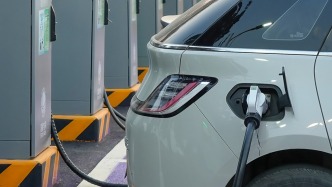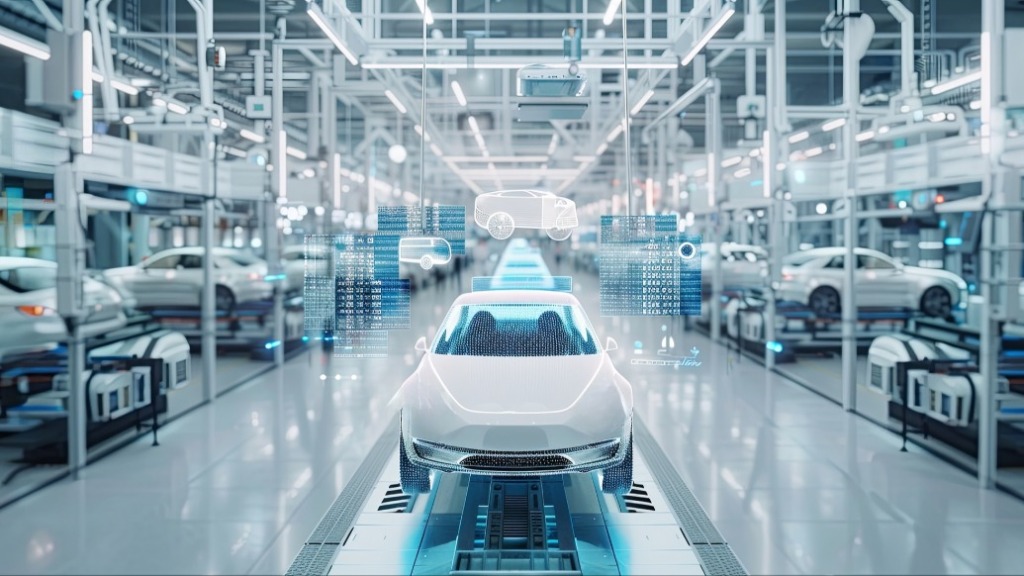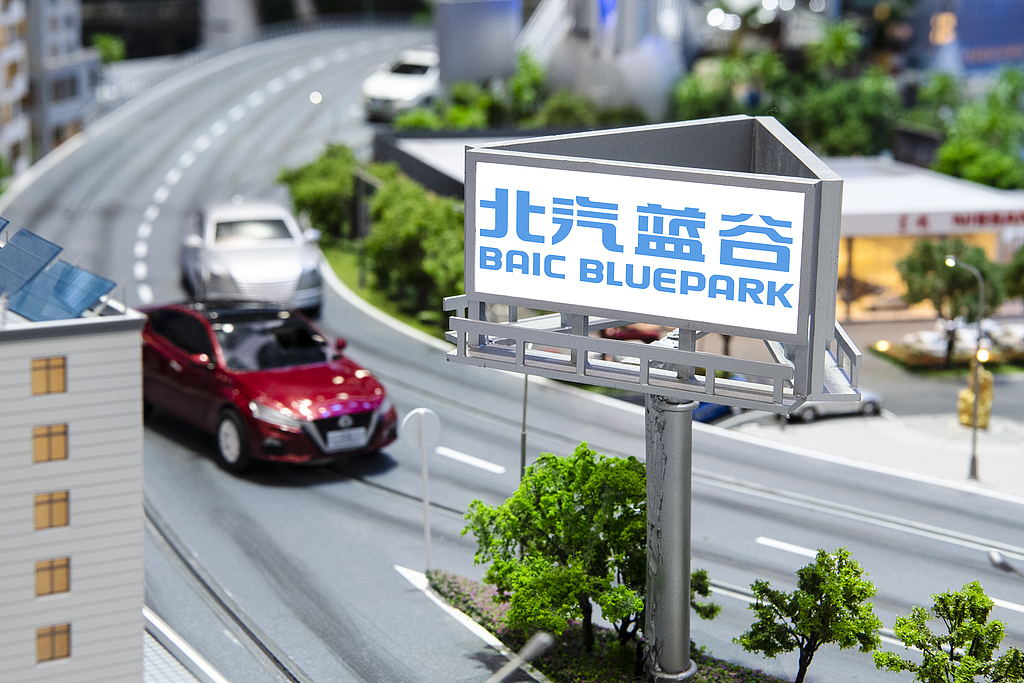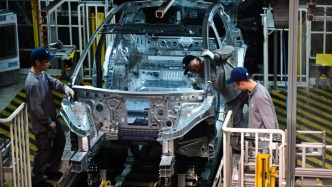
Recently, the "Notice on Promoting the Scientific Planning and Construction of High-power Charging Facilities" jointly issued by the General Office of the National Development and Reform Commission, the General Office of the National Energy Administration and other four departments clearly stated that we should make good development plans for high-power charging facilities and strive to have more than 100,000 high-power charging facilities across the country by the end of 2027.
What technical challenges does the large-scale promotion of high-power charging facilities face? Can it really alleviate the "charging anxiety" of new energy vehicle owners? Focusing on these hot topics, Science and Technology Daily reporters interviewed authoritative experts in the field.
Question 1: What is the difference between it and ordinary charging piles?
High-power charging facilities refer to DC fast charging equipment that can provide electric vehicles with significantly higher power levels than conventional charging piles. It is also commonly known as a super charging pile.
"At present, the industry generally defines DC charging facilities with a single-gun output power of 250 kilowatts or more as high-power charging facilities. The industry-leading super charging piles can reach a power of 600 kilowatts or even more than 1,000 kilowatts." Wang Jiaojiao, director of the Vehicle Charging Components Room of the Charging Technology Department of China Automotive Research Institute New Energy Vehicle Inspection Center (Tianjin) Co., Ltd., affiliated to the China Automotive Technology and Research Center, introduced in an interview with reporters.
Wang Jiaojiao compared the differences between super charging piles and ordinary charging piles in detail to the reporter: super charging piles can output at ultra-high power, while ordinary charging piles output at lower power, which is the main difference between the two. At the same time, super charging piles charge very quickly, charging for 5 to 15 minutes can support electric vehicles to travel 200 to 600 kilometers; ordinary charging piles charge more slowly, and slow charging piles generally take 5 to 10 hours to fully charge an electric vehicle.
"The core goal of super charging piles is to significantly shorten the charging time of electric vehicles and make the energy replenishment experience of electric vehicles close to the speed of refueling traditional fuel vehicles." Wang Jiaojiao said.
Question 2: What conveniences can it bring to car owners?
Many new energy vehicle owners have "charging anxiety" and "range anxiety". If super charging piles are promoted on a large scale, can this pain point be solved?
Not long ago, the reporter visited the Shenzhen Lianhuashan Super Charging Station. According to the staff, the station has four super charging piles with a maximum charging and discharging capacity of 600 kilowatts, which can charge and discharge at a speed of "one kilometer per second". This means that a family car can be charged to more than 80% in 10 minutes at the fastest.
"Charging here is very fast. There is no need to queue up even during peak charging hours, which saves us a lot of time." Mr. Sun, who was charging his electric car, told reporters.
Wang Jiaojiao believes that super charging piles can greatly shorten the waiting time for new energy vehicle owners to charge. She gave an example that when traveling long distances, the short time that the owner spends drinking coffee or going to the toilet at the service area can replenish hundreds of kilometers of battery life for the electric car, greatly saving travel time.
"The high-power charging facilities covered by the highway network are expected to make long-distance travel across provinces and cities in pure electric vehicles easier and more feasible. Car owners no longer have to feel anxious about long driving distances and long charging waits," said Wang Jiaojiao.
Question 3: How to ensure charging safety?
The charging speed of super charging piles is so fast that its technical content is self-evident.
"Super charging piles are usually based on 1000 volt or 1500 volt high-voltage platform technology, which is the basis for the operation of super charging piles." Wang Jiaojiao introduced that the high-voltage platform can increase the operating voltage of the vehicle battery system and charging pile to 800 volts or even above 1000 volts. Therefore, the vehicle battery and charging equipment must support both the high-voltage platform and the high-power charging protocol (GB/T 27930.2-2024 protocol).
Charging safety is a key technical issue that must be resolved. When charging a super charger, the high current will generate huge heat. How to efficiently and reliably solve the heat dissipation problem of the charging gun wire, connector, and battery pack under ultra-high current and prevent overheating and fire is one of the core difficulties in promoting super chargers.
In order to ensure fast and safe charging, super charging piles usually use high-performance power devices. Wang Jiaojiao said that there are many technical routes for high-performance power devices. Some super charging piles will use wide bandgap semiconductor devices such as silicon carbide, which have fast switching speed, low conduction loss, high temperature resistance, and can efficiently handle high-power charging. At the same time, super charging piles usually also use liquid cooling technology to force cooling of charging gun wires and power modules to ensure safety and maintain high power output.
"The large-scale promotion of super charging piles will also place higher demands on the fast charging performance, safety and lifespan of electric vehicle batteries, forcing continuous innovation in battery technology." Wang Jiaojiao added that electric vehicle batteries can better withstand ultra-high rate charging through continuous innovation in battery materials, structural design and thermal management systems.


